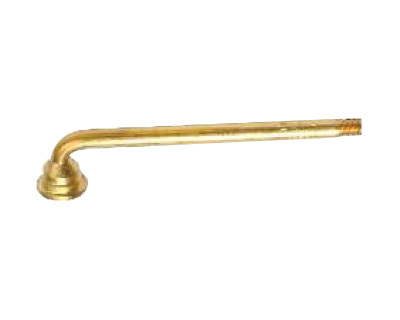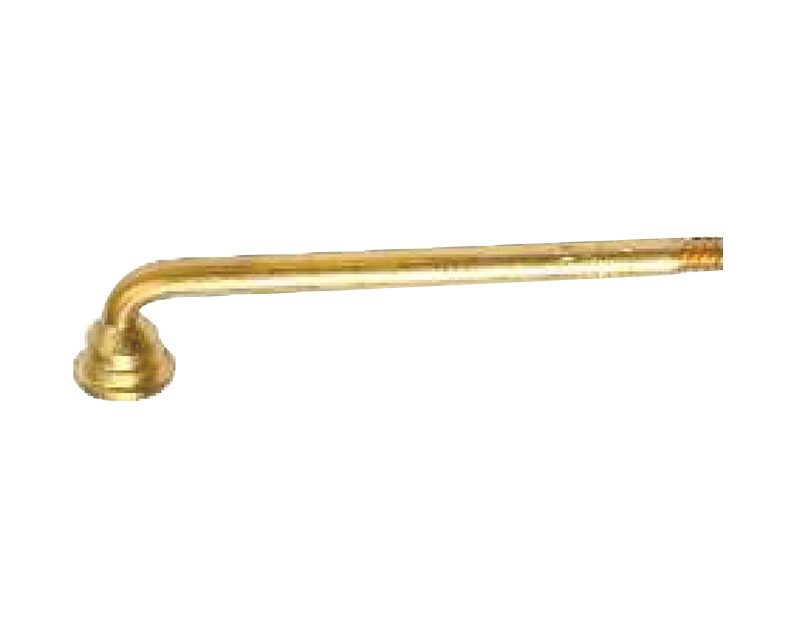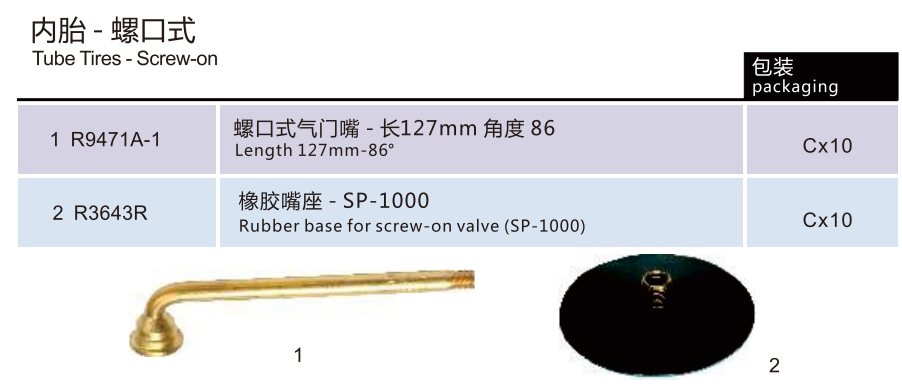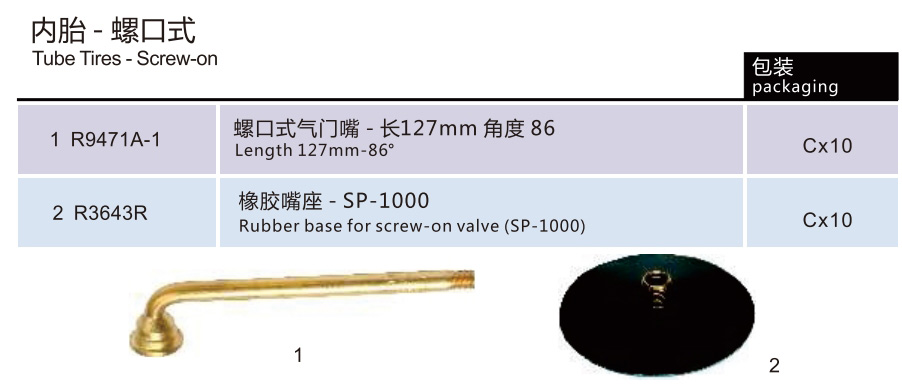
R9471A-1
Inner Tube Valve: Overview, Characteristics & Applications
The inner tube valve is a core component for inner tubes, controlling gas flow to adjust tire pressure and maintain vehicle stability. Below is a detailed breakdown of its key features and practical uses.
Characteristics of Inner Tube Valve
Material Diversity
Inner tube valves typically use two types of materials: plastic and metal. Plastic valves are lightweight and easy to install, while metal valves offer higher durability and structural stability for long-term use.
Diverse Types
Various types are available to match different vehicles and tires, including ordinary valves (for basic needs), threaded valves (for secure connection), and through valves (for specialized tire structures).
High Pressure Resistance
Can withstand a specific range of air pressure, ensuring the inner tube functions normally and reducing the risk of tire blowouts caused by pressure-related valve failure.
Anti Leakage
Designed with anti-leakage mechanisms (e.g., tight-sealing cores, precision fittings) to prevent unintended gas leakage, maintaining stable tire pressure and reliable vehicle operation.
Application of Inner Tube Valve
Cars
Car tires require regular inflation, and the inner tube valve serves as a key part of the car’s air system. It ensures accurate pressure adjustment, critical for driving safety (reducing braking distance) and ride comfort (absorbing road vibrations).
Bicycle
Bicycle tire pressure needs adjustment based on road conditions (e.g., lower pressure for rough roads) and rider weight. The inner tube valve controls gas flow precisely, ensuring smooth, fatigue-free riding.
Motorcycle
Motorcycle inner tube valves maintain tire pressure, directly affecting handling (e.g., cornering stability) and safety. They prevent risks like poor control or tire damage from insufficient pressure during high-speed use.
Construction Machinery
Tires of construction machinery (e.g., excavators, loaders) operate under heavy loads and harsh conditions. Regular inner tube valve maintenance ensures stable pressure, guaranteeing smooth, safe machinery operation and minimizing downtime.


